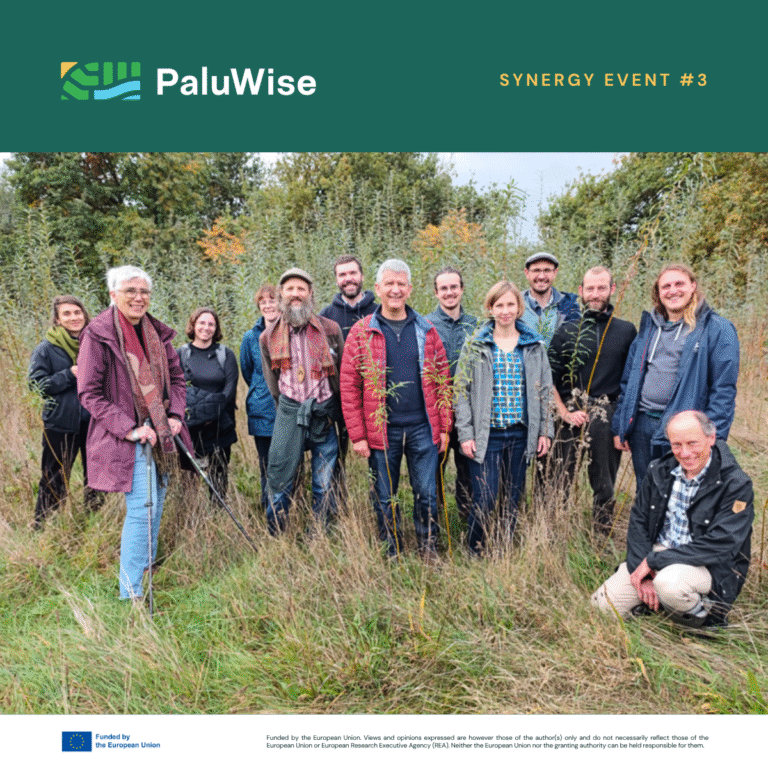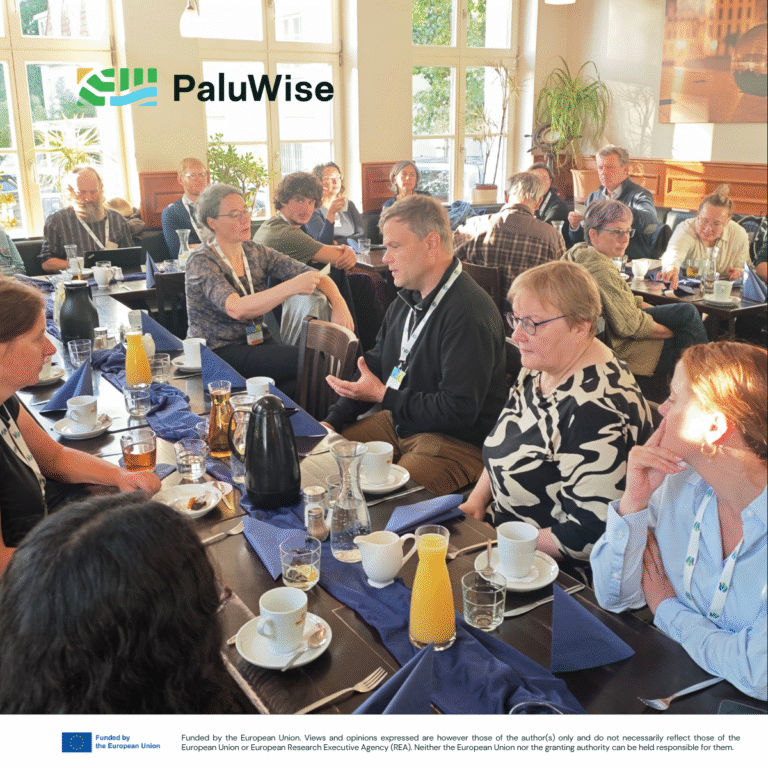Transforming degraded peatlands through innovative Paludiculture
Why PaluWise?
“PaluWise” is more than just a name; it’s a reflection of our mission. “Palu” directly references paludiculture, the innovative practice of cultivating crops on rewetted peatlands. Additionally, “palu” shares its roots with the Latin word for “swamp,” highlighting our focus on restoring these vital ecosystems.
Combined with “wise,” PaluWise embodies our commitment to developing and sharing the wisdom and best practices needed to transform degraded peatlands into thriving, productive landscapes. We are dedicated to the sustainable management and ecological restoration of these crucial environments.
What is Paludiculture?
The EU aims to cut greenhouse gas emissions (GHG) by at least 55% by 2030.
Paludiculture is the productive land use of wet and rewetted peatlands and can reduce GHG emissions by up to 70-80%.
It thus has a large potential to support the EU’s climate targets and biodiversity strategy and still provide farmers and landowners with income, but only if the practice is scaled up.
The core of our mission
PaluWise is driving the development of advanced solutions for the productive use of rewetted degraded peatlands.
Through four large-scale sites across Europe, we’re showcasing best practices in paludiculture, demonstrating how to convert degraded organic soils into thriving, sustainable ecosystems.
Our approach to Paludiculture
Assess the possibility of degraded peatlands to be converted to paludiculture
Replicable paludiculture: from demonstration to large-scale adoption
Driving paludiculture adoption through stakeholder engagement and awareness
Measuring paludiculture's carbon sequestration and emission reduction
Addressing socioeconomic factors to advance paludiculture policy


